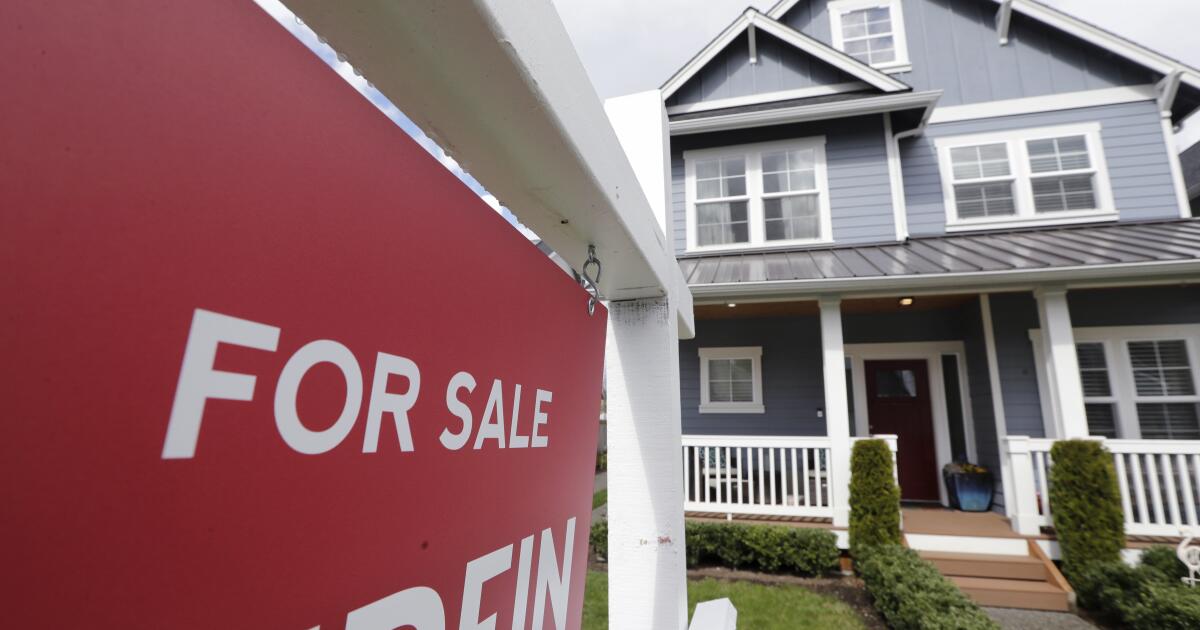The state government has set a 128,000 housing target by 2050 for Geelong, with 60 per cent to come from in-fill development. Picture: Alan Barber
A plan to dramatically increase the number of homes built in Victoria’s major regional cities such as Geelong will increase affordability pressure for homebuyers unless urgent reforms address land supply and construction costs, a parliamentary inquiry heard.
A report from real estate services group Oliver Hume and Quantify Strategic Insights sounded the alarm over worsening housing affordability and inadequate land supply eroding the advantage of building a house outside Melbourne.
The report presented to the Victorian parliamentary inquiry into the supply of homes in regional Victoria revealed mortgage repayments had nearly doubled as a share of income since 2020, land prices surged by more than 11 per cent a year in the past four years, and the cost of building a new home exceeds the median price for established houses in every major regional city.
RELATED: Geelong suburbs slated for heavy lifting on ambitious infill targets
What Geelong needs to build to cater for booming population
Entire Geelong apartment block sells at mortgagees auction, offers big returns
The report, authored by Oliver Hume CEO Julian Coppini and chief economist Matt Bell and Quantify Strategic Insights principal Rob Burgess, claims Victoria’s planning system significantly overstates land supply available to the market by including properties not rezoned, without adequate infrastructure or are unviable to develop, masking delivery constraints and delaying much-needed home building.
The long-held belief that regional Victoria offers affordable housing is no longer true, Mr Bell said.
“Many of the state’s fastest-growing regional cities – like Geelong, Ballarat, Bendigo and Warragul – are now experiencing price pressures on par with metropolitan Melbourne, but without the policy and infrastructure support to manage it,” he said.
Oliver Hume chief economist Matt Bell.
Escalating land prices is undermining affordability of new housing with average annual growth of 5.7 per cent in Geelong, 6.2 per cent in Ballarat, 7.1 per cent in Warragul/Drouin.
The price gap between new and established homes is 20 per cent in Geelong, 12 per cent in Warragul/Drouin but 38 per cent in Ballarat and as high as 79 per cent in the Latrobe Valley
The state government’s Plan for Victoria sets a target of 480,000 new homes in regional areas by 2051, including 128,000 homes in Geelong, with 60 per cent to be infill development such as apartments and townhouses.
The report claims the target ignores the market reality that medium and high-density housing remains largely unviable in most regional cities due to high costs and limited buyer demand. Limiting greenfields supply could increase land prices.
The report found Geelong was the only city where apartment development was close to viability, with stronger demand, rising property values and a more mature market.
High land and building costs sees the price gap between new and established homes in Ballarat is 38 per cent.
Modelling shows a typical three-townhouse development requires sale prices of $670,000 per dwelling to break even, around $100,000 above the current median house price in most regional cities.
Between 2020 and 2024, Geelong accounted for 145 apartment approvals annually, making up 64 per cent of all apartment approvals across the major regional centres.
Targeted subsidies and streamlined approvals could support increased housing diversity such as apartments and townhouses, the report stated.
The report called for an overhaul of how land supply is assessed, with a “reality-based” approach recognising only land that is zoned, serviced, and deliverable in the next 5 to 10 years as part of the available pipeline.



















 English (US) ·
English (US) ·